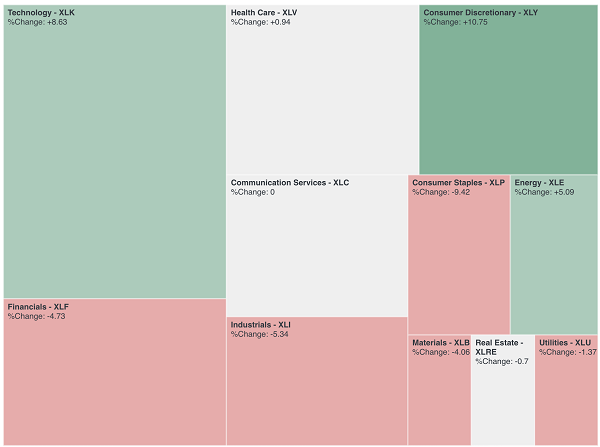With the recent market downturn, you might be worried that stocks are headed for trouble. Don’t be.
Because there’s one really good reason to be greedy now that the market has become fearful again, and it can be summed up in two words: earnings season, which “officially” kicks off when Alcoa (AA) reports its results on July 18.
So far, 2018 has been one of the best years for company earnings in history—and that trend is set to continue.
First, let me tell you why. Then I’ll give you 3 funds you can buy today to lock in the gains that this temporarily depressed market is set to hand us.…
Read more



Recent Comments